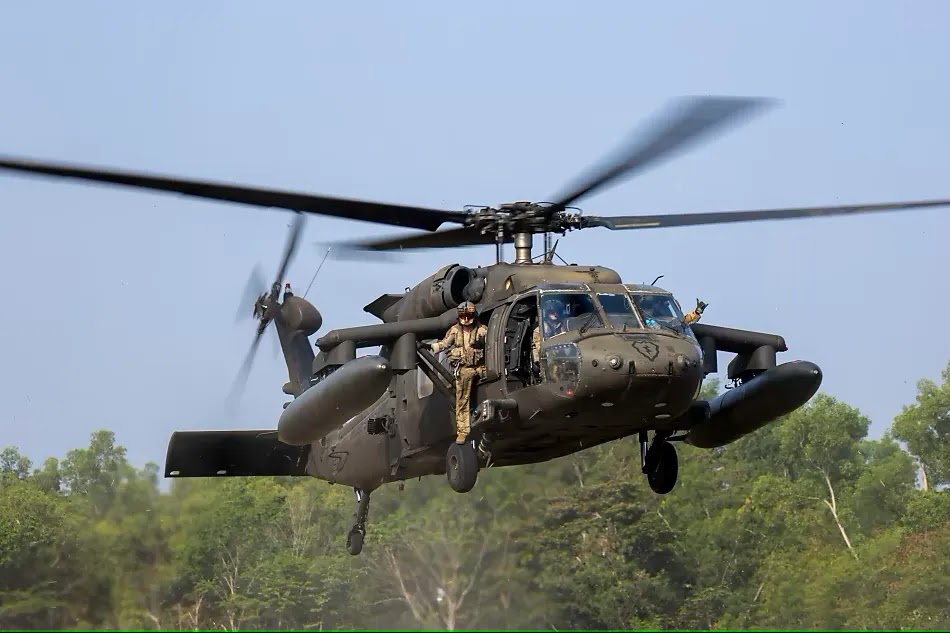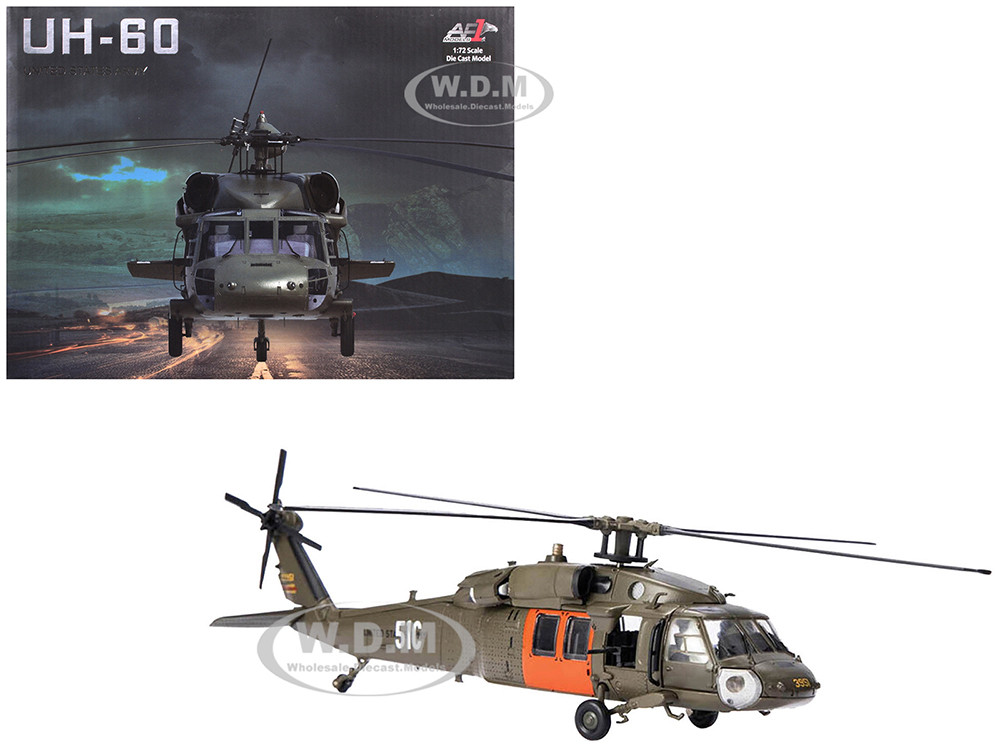Why the UH 60 Helicopter is Critical for Modern Military Operations
Why the UH 60 Helicopter is Critical for Modern Military Operations
Blog Article
Whatever You Need to Learn About the UH 60 Helicopter
The UH-60 helicopter, a cornerstone of United state Army air travel because its debut in 1979, stands for an exceptional blend of engineering and operational versatility. As army needs develop, so also does the helicopter, with recurring improvements aimed at boosting its abilities and integrating modern-day technologies.
Background of the UH-60
Created in the late 1970s, the UH-60 Black Hawk helicopter emerged as a reaction to the U.S. Army's need for a functional energy helicopter that could perform a range of goals under difficult conditions. The incentive for its layout was the imperfections recognized in the earlier helicopters utilized throughout the Vietnam Battle, particularly in terms of survivability, maneuverability, and speed.
The Black Hawk was created by Sikorsky Airplane, including sophisticated modern technologies and materials to enhance its efficiency and longevity. It was formally presented right into service in 1979, quickly becoming a vital possession for military operations - uh 60. Its ability to deliver soldiers, medical evacuation, and logistical assistance in both fight and humanitarian goals made the Black Hawk an important component of the U.S. Military's air travel fleet
Throughout the decades, the UH-60 has actually been continuously updated, adapting to the changing nature of war and the progressing demands of contemporary army operations. Its operational background includes participation in significant disputes, peacekeeping goals, and calamity relief initiatives, strengthening its credibility as a reliable and reliable helicopter in various settings worldwide.

Style and Specs
The layout of the UH-60 Black Hawk helicopter continually shows a dedication to operational effectiveness and versatility. Established by Sikorsky Airplane, this medium-lift utility helicopter includes a sleek, aerodynamic fuselage that improves speed and ability to move. Its tandem rotor system, defined by 2 counter-rotating blades, lessens resonance and boosts lift capability, permitting much safer operations in varied settings.
The UH-60 is powered by two T700-GE-701C turboshaft engines, giving a maximum speed of about 180 knots and a series of around 400 nautical miles. Its durable airframe is created from innovative composite products, ensuring durability while preserving a fairly reduced weight. The helicopter has a maximum gross weight of about 22,000 pounds, sustaining a functional haul configuration.

Objectives and functions
A versatile platform, the UH-60 Black Hawk helicopter offers a multitude of functions and missions within armed forces procedures. Developed largely for troop transport, it can lugging as much as 11 soldiers, making it an essential property for rapid implementation and logistical assistance.
In enhancement to army transport, the UH-60 stands out in clinical discharge (MEDEVAC) objectives, furnished with advanced medical devices to give crucial care during transit. Its capacity to run in diverse atmospheres improves its performance in battle search and rescue (CSAR) procedures, where speedy extraction of personnel is important.
The helicopter likewise plays a considerable function in reconnaissance and monitoring missions, using onboard sensors and devices to debrief. Its flexibility expands to logistical assistance, capable of moving products and tools to onward operating bases.
In fight operations, the UH-60 can be equipped with different weapon systems, allowing it to give close air assistance. Its multi-role capacity makes the Black Hawk an indispensable device for contemporary military forces, adapting seamlessly to the developing demands of combat zone circumstances and making certain goal success throughout a variety of operational contexts.
Efficiency and Abilities
Known for its durable performance, the UH-60 Black Hawk helicopter boasts outstanding abilities that enhance its functional efficiency throughout different goals. uh 60. This multi-role airplane is equipped with powerful twin-engine Turbomeca Arriel 1D1 engines, supplying additional info extraordinary speed and ability to move, with an optimum cruise speed of about 150 knots and a functional range of around 400 maritime miles
The Black Hawk's innovative avionics and fly-by-wire control systems substantially boost trip security and handling, allowing it to run in varied environments, consisting of damaging climate condition. Its convenience is additional exemplified by its capability to bring approximately 11 fully furnished troops or a haul of roughly 8,000 pounds, making it excellent for troop transport, medical emptying, and logistical support missions.
Furthermore, the UH-60 is designed for survivability, featuring enhanced airframes, ballistic defense for crew and travelers, and advanced countermeasure systems to evade dangers. The helicopter's agility and speed, incorporated with its capacity for quick release, make it a crucial property in modern-day military operations, making certain that it stays a crucial element of tactical air assistance and field of battle wheelchair.
Future Advancement

One considerable focus is the combination of sophisticated avionics systems, which will certainly enhance situational recognition with enhanced navigating and interaction capacities. This consists of the prospective use fabricated intelligence to help pilots in decision-making and objective preparation.
Moreover, future variations might include advanced products and design attributes to strengthen the helicopter's sturdiness and decrease its radar signature, boosting survivability in opposed environments.
The introduction of hybrid-electric propulsion systems is additionally on the perspective, intending to enhance fuel effectiveness and lower logistical worries. Such improvements can extend operational range and lower the helicopter's ecological footprint.

Final Thought
The UH-60 helicopter represents a considerable advancement in armed forces air travel given that its intro in next 1979. The UH-60's enduring existence emphasizes its important role in contemporary armed forces operations and highlights the continuous evolution of armed forces aeronautics modern technology.
The UH-60 helicopter, a keystone of U.S. Military aeronautics given that its debut in 1979, represents an exceptional blend of engineering and operational flexibility. As armed forces demands evolve, so also does the helicopter, with continuous improvements aimed at enhancing its capabilities and integrating modern technologies.The design of the UH-60 Black Hawk helicopter constantly mirrors a commitment to functional efficiency and adaptability. Created by Sikorsky Aircraft, this medium-lift utility helicopter includes a smooth, wind resistant body that boosts rate and ability to move.The UH-60 helicopter represents a significant innovation in army aeronautics since its introduction in 1979.
Report this page